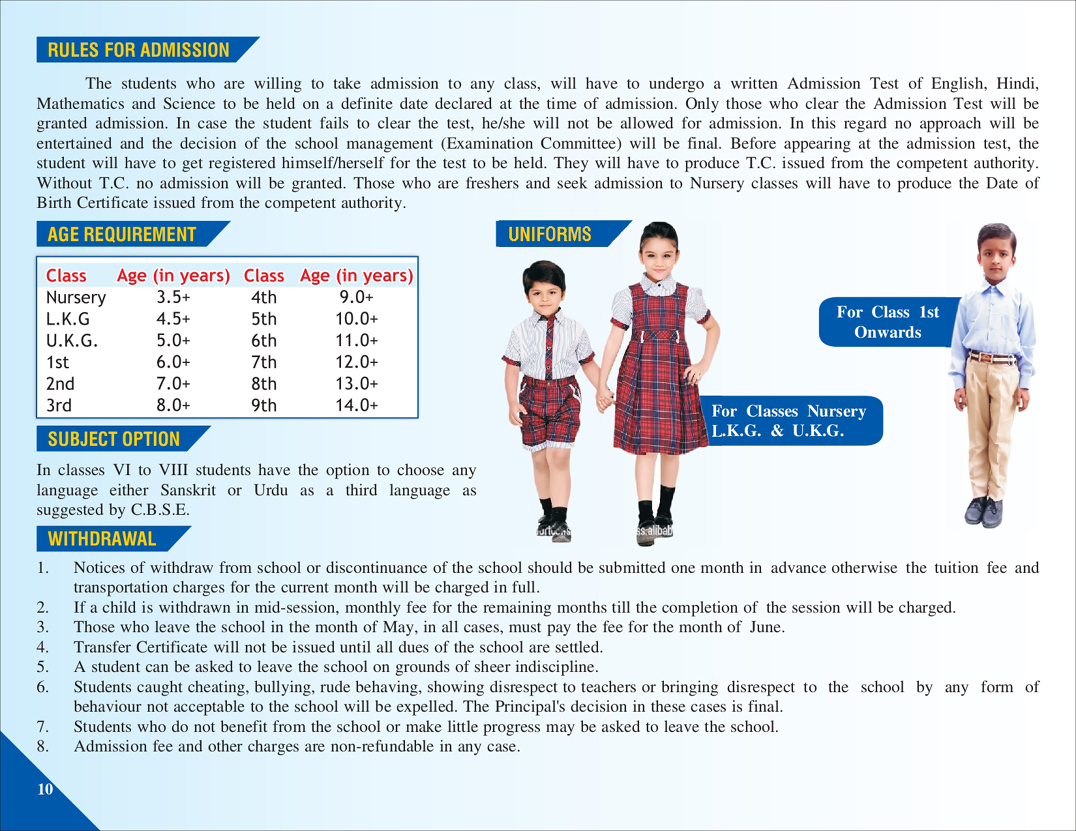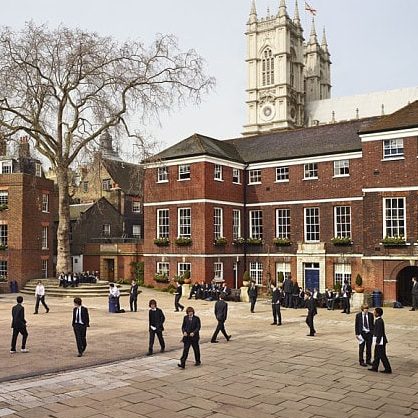Westminster’s origins can be traced to a charity school established by the Benedictine monks of Westminster Abbey. Its continuous existence is certain from the early fourteenth century. After the dissolution of the monasteries in 1540, Henry VIII personally ensured the School’s survival by statute. Elizabeth I, confirmed royal patronage in 1560 and is celebrated as the School’s Foundress.
For several hundred years the School continued to be joined with Westminster Abbey, forming one collegiate foundation, until the 1868 Public Schools Act established the school as an independent body. The school still enjoys a close relationship with the Abbey and the Dean of Westminster is chair of the School’s Governing Body.
In 1943 the School expanded its educational scope by forming Westminster Under School, educating boys from the age of 7. Initially both sections of the School shared a site, until 1951 when the Under School secured its own premises. Then in 1973 the School expanded its scope once again, admitting girls as full members of the school at 16+. Today the School proudly educates boys and girls in the Sixth Form and approximately 70 girls join the school each year.

Westminster 1560-1960

